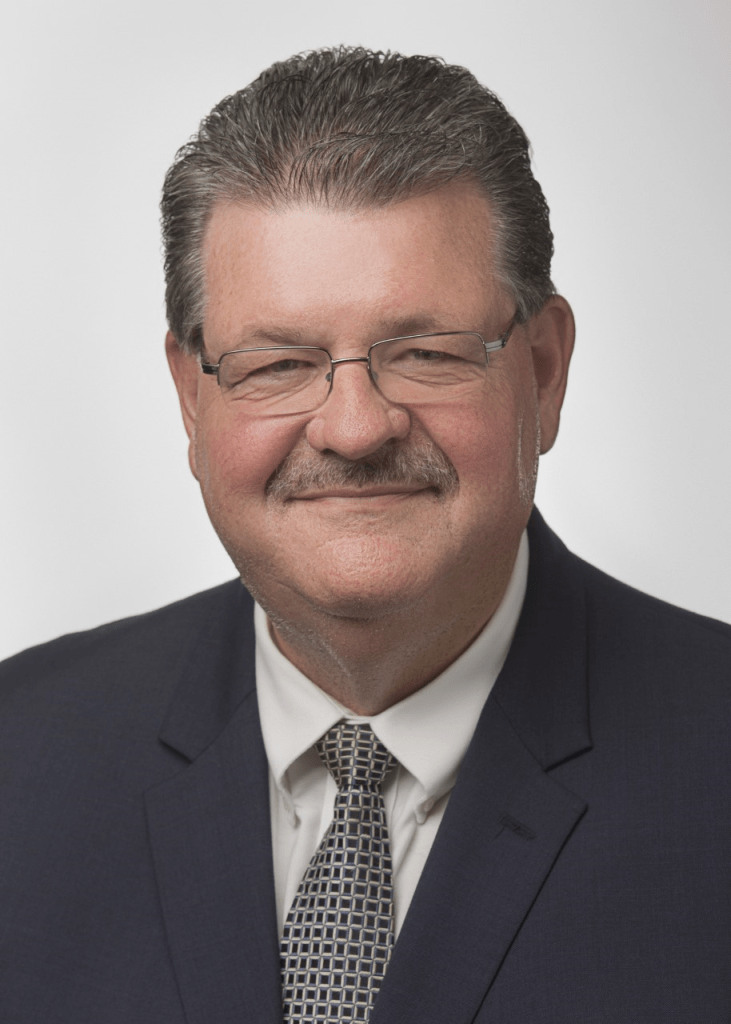The 2022 bankruptcy of leading lender Reverse Mortgage Funding (RMF) has brought to light serious weaknesses in the home equity conversion mortgage (HECM) program sponsored by the Federal Housing Administration (FHA).
These issues will need to be substantively addressed by the FHA and Ginnie Mae in order to keep the program accessible for American seniors, according to an op-ed by housing experts from the Housing Finance Policy Center (HFPC) at the Urban Institute.
To learn about their findings and ideas for addressing these issues, RMD spoke with two of the op-ed’s authors: former Ginnie Mae President Ted Tozer and HFPC Founder Laurie Goodman.
RMF bankruptcy: A catalyst
Tozer and Goodman said that the bankruptcy of RMF, the fifth-largest reverse mortgage lender in the space at the time, was the catalyst for wanting to tackle this issue. In addition, the lack companies willing to pick up its portfolio — which ultimately forced Ginnie Mae to swoop in — was eye-opening, they said.

“This issue has been kind of boiling up for a while,” Tozer, who served as Ginnie Mae president during the Obama administration, said. “RMF was kind of the point where it just all blew up. So at that point, we felt we had to write something to get people to appreciate the challenges and the risks that are out there in the industry.”
Tozer was also surprised at the lack of interest in taking on the RMF portfolio, he said.
“It just hit me that even with a clean book […] there was nobody interested in buying it because of the liquidity they would need,” he said. “Because RMF’s book was so aged, they saw the need for liquidity coming down the road. So to me, it was quite eye-opening that even with a clean book, nobody wanted to service it. Because if you had assumed you’d have consolidation, this shows you’re not going to have consolidation. Nobody wants to get bigger in this sector.”
While Goodman wasn’t surprised about the company’s bankruptcy, she was surprised at the market’s reaction to the news.
“The market’s reaction surprised me in terms of the fact that […] Ginnie Mae ended up taking the servicing in the end,” Goodman said. “And I guess it also made us focus on the tools that were available to try to fix this going forward, which are more limited than at least I initially thought. Maybe not that Ted had initially thought, because he actually called it right from the beginning. We were talking about, what Ginnie or FHA could do, and at the very beginning, Ted said it has to be mostly FHA. Ginnie Mae is very, very limited, which, as we investigated, turned out to be absolutely right.”
Limited equity options for seniors

The op-ed outlines the HECM program’s utility for seniors looking for options to age in place, noting that seniors’ options for tapping home equity while remaining in their homes are limited. The two most common options are home equity lines of credit (HELOCs) and cash-out refinances, both of which still require assets outside of a home’s equity.
“This leaves HECMs,” the op-ed states. “As with HELOCs, cash-out refinancing, and second mortgages, the borrower takes out a loan against the value of their home. But unlike in those programs, the borrower need not pay the loan back until the home is sold or the borrower passes away or moves, with the FHA insuring lenders against any loss on qualifying loans. This allows the FHA to require lenders to focus on the home’s value in underwriting the loan rather than the borrower’s income or savings, opening the program up to those who no longer have much income or savings beyond their home equity.”
However, lenders typically do not want to leave the loans on their books, which led to establishing the HECM-backed Securities (HMBS) program overseen by Ginnie Mae. As the only real game in town for reverse mortgage-backed securities, any systemic issues in the secondary market need to be addressed in order to keep the full HECM program available to seniors, the op-ed states.
Systemic liquidity issues
The FHA has taken an active regulatory role in the HECM program, but much of its activity over the past several years has been focused on shoring up its financial stability. This has meant that other issues have been getting less attention, Tozer said.
“FHA has been so focused on getting the program financially stable,” he said. “Then, by doing that, they’ve shifted a lot of risk to the private sector, which normally you’d say that’s not a big deal. But the private sector is so financially fragile, and they’ve got to be looking at that.”
The result is that there is not much of a balancing act between aiding the program’s financial stability and ensuring that enough liquidity remains in the secondary market, Tozer said.
“[The financial stability] is very important, but also to take a look and [ask if it] is really appropriate to shift it,” he said. “FHA has been so focused on getting the program financially stable, then by doing that, they’ve shifted a lot of risk to the private sector, which normally you’d say [is] not a big deal. But the private sector is so financially fragile.”
In turn, the problem is being shifted between the public and private sectors as opposed to being addressed, Tozer said.
“My feeling is if FHA, for example, needs to raise its MIP to cover these risks, let’s talk about it,” he said. “By shifting it to the private sector, all you do is create systemic problems. And at that point, I don’t think there’s anything the industry can do about it. It’s more of FHA and the government looking at it and [determining] how they keep a financially viable HECM program without causing systemic risk and being more balanced in how they’re trying to deal with the program.”





